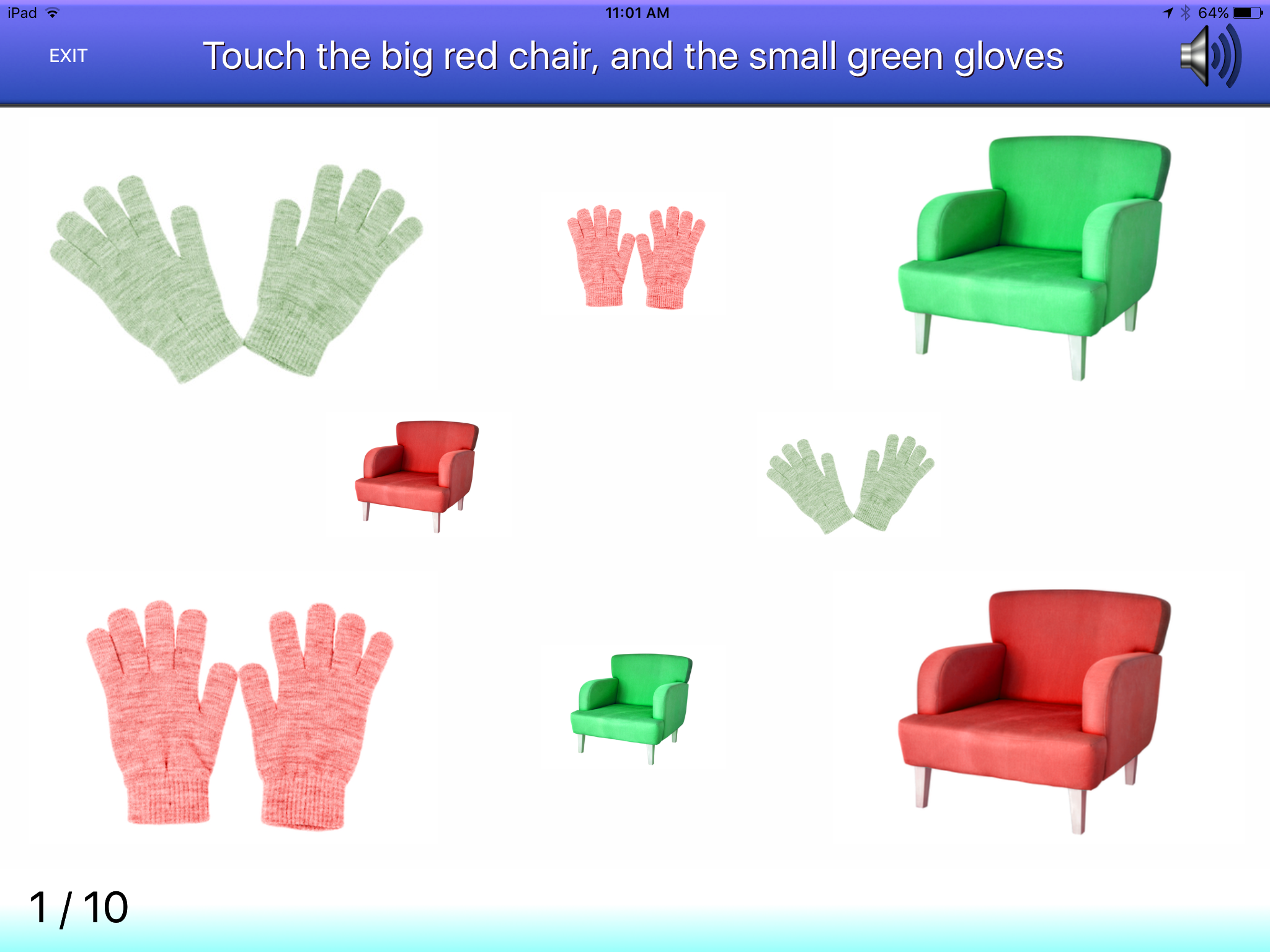3rd Grade Level Fiction- Bing AI Mario and Luigi were taking a walk in the Mushroom Kingdom when they saw a strange portal. They had never seen anything like it before. "What do you think it is?" asked Luigi. "I don't know," said Mario. "But let's go find out!" Mario and Luigi jumped into the portal and disappeared. When they opened their eyes, they were in a strange new world. The sky was purple and the trees were blue. Mario and Luigi had never seen anything like it before. "Where are we?" asked Luigi. "I don't know," said Mario. "But it looks like we're going to have an adventure!" Mario and Luigi started walking through the strange new world. They soon came across a group of friendly creatures called Yoshis. The Yoshis told Mario and Luigi that they were in the Land of Yoshi. "Welcome to the Land of Yoshi!" said one of the Yoshis. "We're so glad you're here." T...
Listening skills are not dead.
You can help your students get better at listening.
The pacing of classes, especially as students get older require the ability to have fine-tuned listening skills. Understanding sequence and ordering of steps is hugely important when considering word problems in math. Sometimes we need to almost “drag” our students through the work to get the results that we need. How about something that can help shore up these weaknesses and maybe even make them strengths?
Keyword Understanding from Aptus can unlock some of these puzzles for you and help these students with improving their listening and language skills.

One of the earlier levels in Information Carrying Words
First and foremost, you need to check out “Information Carrying Words” within the app. It’s my favorite one to work in right now! This mini-game targets listening for attributes and target words (or adjectives and nouns if you want to get fancy!). While the initial stages can be “easy” for some kids, there are other levels that challenge both visual and auditory processing of information

A more complex level in Information Carrying Words
“Temporal Directions” allows you to work on those all important “before” and “after” concepts. What’s fantastic about this mini-game is the ability to set levels(1,2,3), type of concept (“before,” “after,” and “both”), and the positioning of the concept (Start of sentence, middle of sentence, both). In all of the years I have worked on following directions, I highlight positioning of the cues as an important way to “know” how to be successful with a direction. It is fantastic to be able to choose this aspect ahead of time.

Before concepts being targeted in Temporal Directions
Furthermore, as I have talked about in other posts (5 things developers should consider..), the ability to change and adapt levels is crucial for the strength of an app as well as for improving the skills of our students. “Temporal Directions” allows you to target one concept in one position on one day, and change it if needed another day. One of my students has been inconsistent in his performance with this mini-game. The flexibility of “Temporal Directions” allows me to move with the student’s skill level easily.

Check out how you can adjust position of your “before” and “after” words, or even randomize

This is what it looks like when “after” is moved to middle of the sentence
“Sequential Directions” give student’s input on first/then directions. Similar to the other mini-games, there are steady increases in challenge as you go up levels. I find that first/then directions are a great skill to target for some of my speech/language students because it requires them to listen through the whole direction, and not impulsively guess or start too early. This is particularly true for student’s work in classrooms, sometimes they need to wait before doing the next task.

What’s nice about the last mini-game “Comprehension Check” is that it breaks skills down into objects, colors, and sizes. For some of my students, this is a good assessment to see what they know and don’t know, while for other students, I am happy to get the more basic vocabulary and attributes mastered. Once again, you can cycle back to these items when your student shows inconsistency.

In the menu screen, there are a lot of options available to tailor for individual students. The ability to set these parameters ahead of time is a great feature. Too often, apps or programs can one “one size,” and it’s helpful to meet a child’s need with the appropriate level. You can set levels, pick the vocabulary, number of trials (up to 25), and also the kinds of reinforcement. The app uses the built in text to speech feature (voice sounds like Siri) which I think is superior to a recorded voice. Text to speech voices are getting better and better, and I feel as though most people understand them.

Another outstanding feature is the ability to email scores after completing a level. What a seamless way to communicate with parents, teachers, or monitor data collection.
Overall, Keyword Understanding is a comprehensive auditory processing and receptive language application. You can set levels, monitor data collection, and help your students with multiple listening challenges. I have already found success with it for some of my students with Autism as well as language delays. Looking forward to using it with some of my younger students too- especially for following directions. Check it out!


Comments
Post a Comment